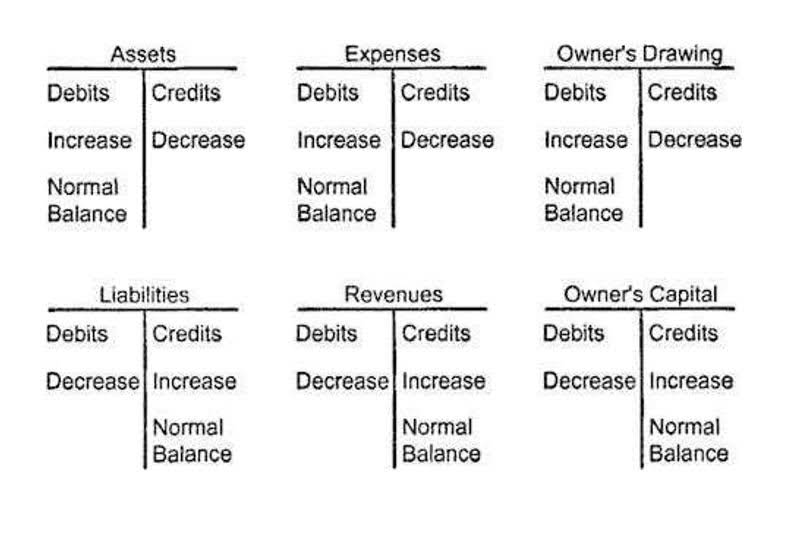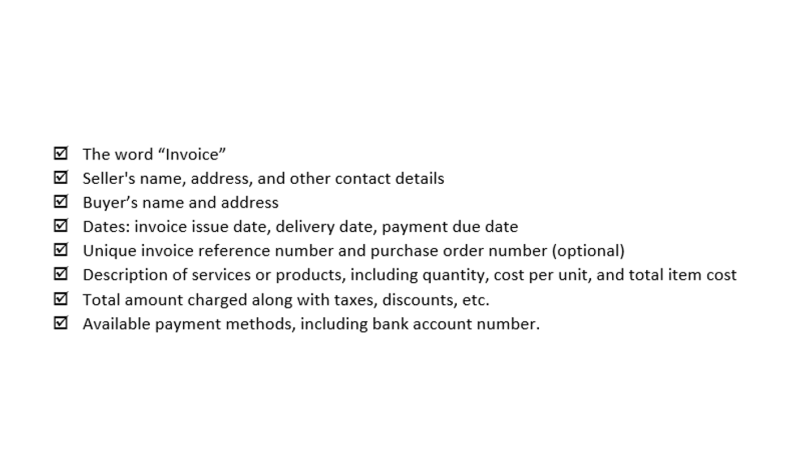Mastering Sales Percentage Calculations: The Ultimate Guide

The percentage-of-sales method is used to develop a budgeted set of financial statements. Each historical expense is converted into percent of sales method formula a percentage of net sales, and these percentages are then applied to the forecasted sales level in the budget period. For example, if the historical cost of goods sold as a percentage of sales has been 42%, then the same percentage is applied to the forecasted sales level. The approach can also be used to forecast some balance sheet items, such as accounts receivable, accounts payable, and inventory. Those percentages are then applied to future sales estimates to project each line item’s future value.
- This method calculates what percentage of total sales is represented by outstanding receivables, highlighting potential cash flow issues and revealing the effectiveness of credit management strategies.
- Each historical expense is converted into a percentage of net sales, and these percentages are then applied to the forecasted sales level in the budget period.
- If you’re interested in learning more about Excel formulas, I recommend checking out tutorials from Simplilearn or this guide by Microsoft .
- All accounts are expressed as a ratio of sales in the financial statement analysis technique known as the percentage of sales method.
- Pizza Planets’ financial statement indicates that it generates $2,000 in monthly sales.
- Following a few simple steps, you can forecast future revenues and expenses to ensure your business stays on track.
Benefits of Using the Percentage of Credit Sales Method

If your business needs a very rough picture of its financial future immediately, the percent of sales method is probably one of your better bets. Mastering sales percentage calculations is a crucial skill for any sales professional aiming to improve sales performance. By understanding sales percentage, you can better evaluate your business’s financial health and make informed decisions that drive success. Using the formula for the ratio of sales to expenses, the owners of Pizza Planets can determine that a balance of $200 in the company’s available cash account equals 10% of current sales. Famous online bakery Billys Brownies sells products directly to customers. The management team wants to know if they need to increase the price of their brownies because the cost of flour and eggs is rising.
Pro Tips on Increasing Sales Percentage

Drag the fill handle to copy this formula down through all rows where you have data. Customers appreciate honesty and are more likely to make a purchase when they know exactly what they’re getting. The better you connect with your audience, the higher your chances of boosting sales.
- You need to be aware of the financial line item you wish to analyze and your company’s sales data in order to make a financial prediction using the percentage of sales method.
- For example, if a company is small and growing rapidly, its sales data might become out of date much quicker than a more mature business.
- It’s especially useful for predicting the resources needed to handle upcoming projects and expenses.
- By applying these strategies, businesses can effectively boost their sales percentage, leading to improved performance and growth.
- But at its core, sales percentage is your way of measuring how well your sales are doing against the grand total.
- The amount of unrecoverable debt recorded in its ledger rises as sales do.
Great! The Financial Professional Will Get Back To You Soon.

Decide which specific accounts you want to include in your company’s financial forecast and create a plan to include them. The downside to using the Percentage of Net Sales Method is that it can be law firm chart of accounts subject to manipulation if sales figures are not properly monitored or reported accurately. Additionally, it does not take into account changes in inventory costs over time or fluctuations in the demand for certain products.
I Took a Deep Dive Into Trend Forecasting: Here’s What I Learned + Expert Tips
Check out open roles and be part of the team driving the future of FP&A. Accelerate your planning cycle time and budgeting process to be prepared for what’s gross vs net next. Connect and map data from your tech stack, including your ERP, CRM, HRIS, business intelligence, and more. Cube’s API empowers teams to connect and transform their data seamlessly. Easily calculate drop-off rates and learn how to increase conversion and close rates. Next, Barbara needs to calculate her estimated sales for the upcoming year.





